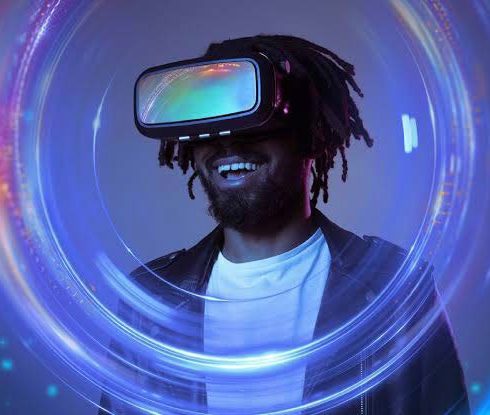Technology in Sports: Tech Influences in Teams And Athlete Improvement
There’s no doubt that technology is being combined with different sectors of the economy, and the integration of technology in sports has improved how teams operate and how athletes, as individuals, train and perform. From data analytics to wearable technology, the advancements in technology have had a significant impact on every aspect of sports, and such effects have led to improved performance, injury prevention, and even better fan experiences as fans get to engage with their favourite teams and players much better. This week’s tech edition will explore how technology has influenced sports teams and athletes.
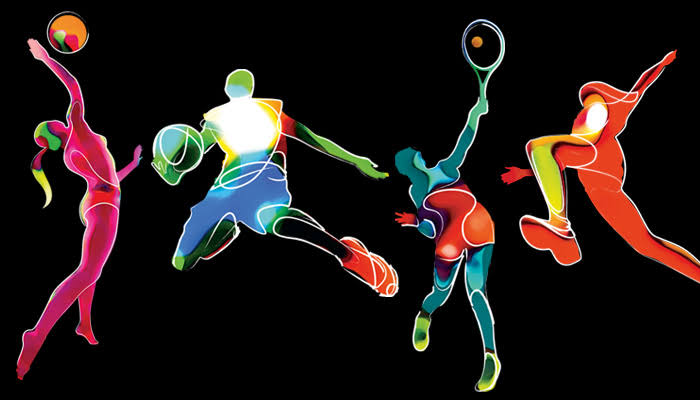
Analysis And Game Strategy
Harnessing technology for data analytics has become a cornerstone in modern sports. Coaches and analysts use sophisticated software to analyse players’ real-time performance. Metrics such as speed, heart rate, distance covered, and other vital stats are monitored to provide insights into an athlete’s strengths and areas for improvement.
Teams also leverage data analytics to develop game strategies. By analysing an opponent’s play patterns and weaknesses, teams can devise tactics to gain a competitive edge. For instance, tracking shooting patterns and defensive manoeuvres in basketball can help devise more effective game plans.
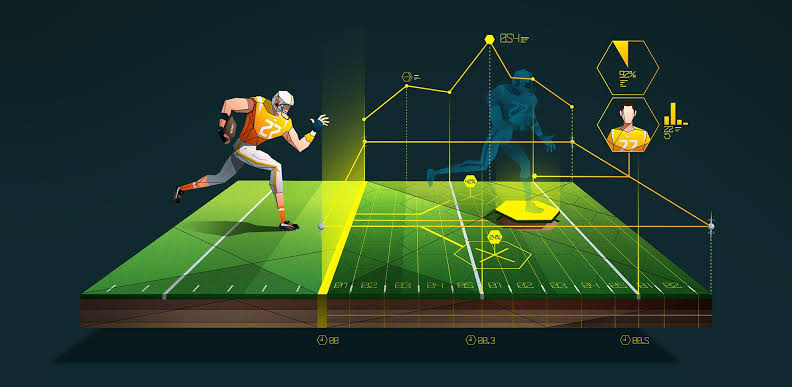
Health Monitoring
Wearable devices like fitness trackers and smartwatches allow continuous monitoring of an athlete’s health metrics, including heart rate, oxygen levels, and sleep patterns. This data helps understand an athlete’s physical condition and readiness for games. By monitoring vitals, personalised training regimens can be created for each athlete to suit individual needs.
Wearable tech also plays a crucial role in injury prevention. Sensors embedded in clothing or accessories can detect early signs of stress and fatigue, allowing athletes to change their training and avoid strain. This proactive approach reduces the risk of injuries and prolongs careers.
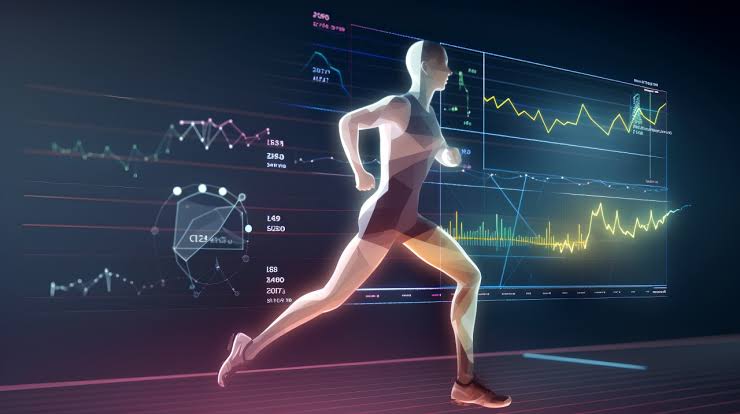
Training Simulations
Virtual reality and Augmented reality technologies provide profound training experiences. Athletes can practice in virtual environments that mimic real-game scenarios, thereby improving their skills without the physical strain. For example, football players can practice their plays in a simulated game, improving their decision-making and reaction times.
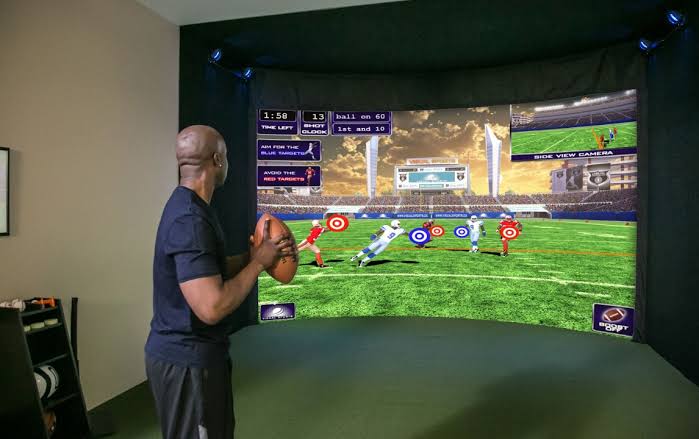
Rehabilitation
Virtual reality is also used in rehabilitation programs for injured athletes. Injured players engage in interactive exercises in a virtual environment, which can aid in faster recovery and make the rehabilitation process more effective.

Technique Improvement
An athlete’s technique is essential in keeping them at the top of their game, and with high-speed cameras and motion analysis software, an athlete’s movements get captured in detail. By analysing the biomechanics, coaches can identify flaws in the technique and provide corrective measures. This technology is particularly beneficial in sports like golf, tennis, and swimming, where precision and technique are crucial.
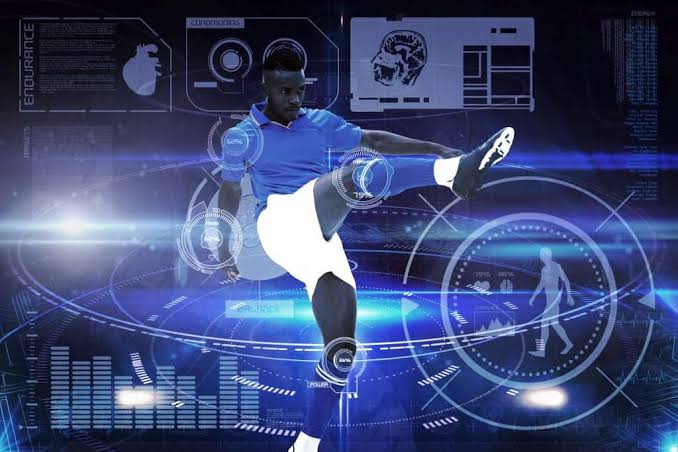
The influence of technology on sports teams and athletes is profound and ever-growing. As technology continues to evolve, its role is bound to expand, leading to a more promising future where sports and tech are seamlessly interwoven.




